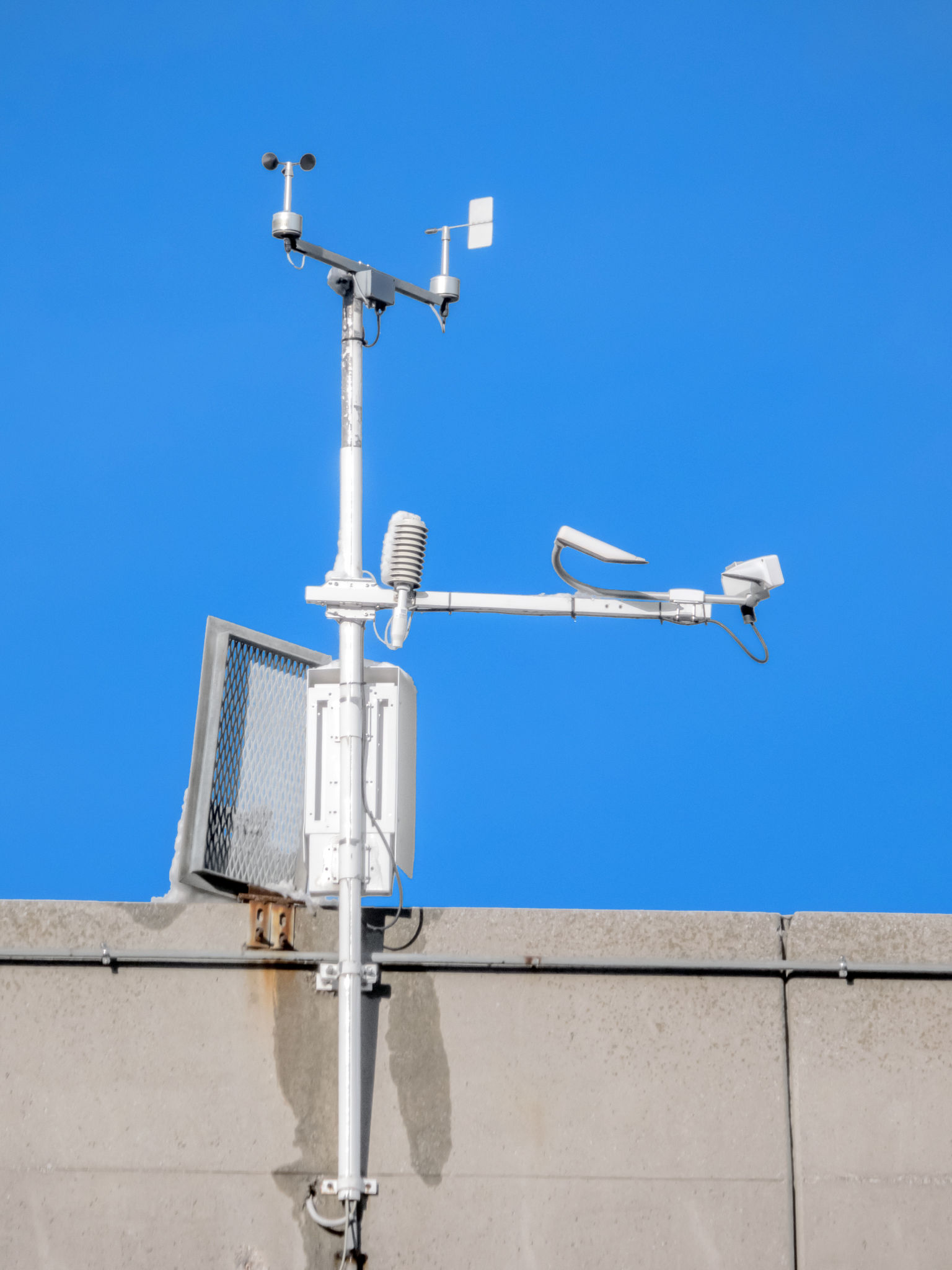Seasonal Guide: Preparing Your Interior Garden for Changing Climates
Understanding Seasonal Changes
The transition between seasons can dramatically impact your interior garden. Understanding these changes is crucial to ensure the health and vitality of your indoor plants. As the days grow shorter and temperatures fluctuate, your plants will require different care than during the consistent warmth of summer.
Temperature shifts, humidity changes, and variations in light levels are all factors that can affect plant growth. Being aware of these changes allows you to adjust care routines accordingly, ensuring that your indoor garden remains lush and vibrant year-round.

Adjusting Light Levels
As the seasons change, the amount and intensity of natural light entering your home will also change. During fall and winter, the sun sits lower in the sky, providing less direct light. For plants that thrive on high light levels, this shift can be challenging.
Consider repositioning your plants closer to windows or using grow lights to supplement natural light. This adjustment will help maintain optimal growth conditions, especially for light-loving plants such as succulents and herbs.
Managing Temperature and Humidity
Indoor plants are sensitive to temperature changes, so it's essential to monitor the indoor climate as seasons change. Most houseplants prefer temperatures between 65-75°F (18-24°C). Avoid placing plants near drafts or heating vents, as extreme temperature fluctuations can stress them.

Humidity is another critical factor for indoor gardens. Many plants benefit from higher humidity levels, particularly during winter when indoor air can become dry due to heating systems. Using a humidifier or placing a tray of water near plants can help maintain adequate humidity levels.
Watering Adjustments
As the climate shifts, so too should your watering routine. Cooler temperatures and reduced sunlight mean that plants require less water as their growth slows down. Overwatering during these times can lead to root rot and other issues.
To adjust for seasonal changes, reduce watering frequency and always check the soil moisture level before watering. A moisture meter can be a helpful tool in determining when your plants genuinely need water.
Fertilizing with Care
During active growth periods, typically spring and summer, most indoor plants benefit from regular fertilization. However, as growth slows in fall and winter, it's wise to scale back on feeding.

Reducing fertilization during these months prevents nutrient buildup in the soil, which can be harmful to plants. Resume regular fertilization when new growth appears in spring.
Pruning and Repotting
Seasonal changes are an excellent time to assess the overall health and size of your plants. Pruning dead or damaged leaves not only improves aesthetics but also promotes healthy growth.
If a plant has outgrown its container, consider repotting it into a larger pot. Repotting is best done in spring when growth resumes, but if necessary, fall can also be an appropriate time for this task.
Pest Management
Indoor gardens are not immune to pests, especially during seasonal transitions when conditions may become more favorable for their development. Regularly inspect your plants for signs of pests such as aphids or spider mites.

If you notice any infestations, treat them promptly with appropriate measures like insecticidal soap or neem oil. Keeping your plants clean and healthy will reduce the likelihood of pest problems.
Creating a Seasonal Care Schedule
To streamline your interior garden care routine, consider creating a seasonal care schedule. This plan can include tasks like adjusting light levels, monitoring temperature and humidity, altering watering practices, and checking for pests.
A well-thought-out care schedule will help you stay organized and responsive to the needs of your plants as they transition through different seasons, ensuring a thriving indoor garden all year long.